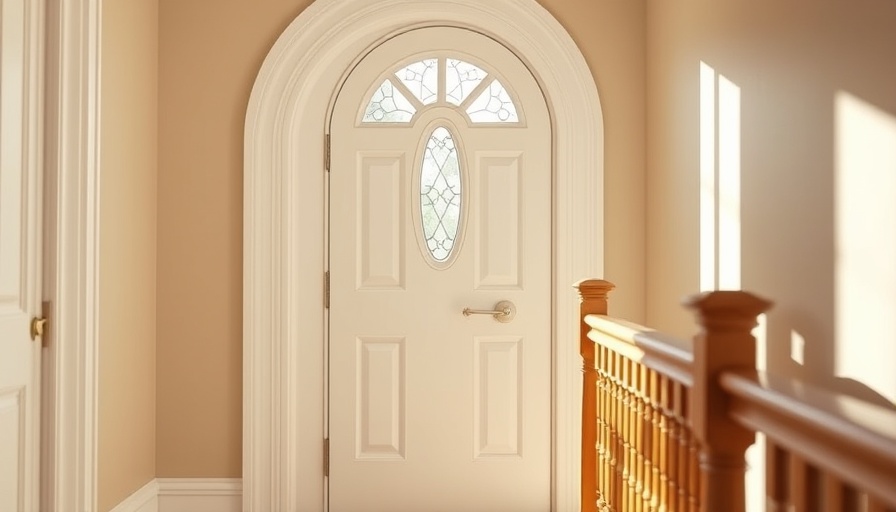
Why Changing Your Locks is Crucial for Home Security
When you move into a new house, ensuring your family's safety should be a top priority. Although existing locks might function perfectly, changing them is essential for peace of mind. It's possible that former owners had duplicate keys made, or you may want to upgrade for modern features like smart locks. Ultimately, fresh locks not only safeguard your home but can also enhance its aesthetic appeal.
Step-by-Step Guide to Changing Locks
Embarking on a DIY lock change project might seem daunting, but it’s quite manageable with just a few steps. Here’s your comprehensive guide:
1. Inventory your doors: Start by taking stock of all exterior doors that require new locks. Every entry point matters when it comes to security.
2. Purchase new locks: Ensure that you select high-quality locks that align well with your existing door frames. Opt for trusted brands, as this helps maintain consistency and security.
3. Gather your tools: You'll need basics like a screwdriver and a measuring tape. With these tools, you can easily tackle the removal and installation process.
4. Remove old locks: Unscrew the screws from the current locks using your screwdriver. Make sure to follow the removal process carefully to avoid damaging your doors.
5. Replace with new locks: Installation is straightforward if you adhere to the manufacturer's instructions for each lock. Properly secure all components in place for optimal functioning.
6. Test all locks: After installation, ensure that each lock works correctly by checking that they secure properly. Never underestimate the importance of this final step; a faulty lock could leave your home vulnerable.
Why DIY Projects Are Worth It
Changing locks is not only a practical home improvement but also a valuable skill that helps empower you as a homeowner. Engaging in DIY projects not only saves you money but allows a personal touch, giving you a sense of ownership over your space.
Future Trends in Home Security
As you consider the locks for your new house, keep an eye on the evolving home security trends. Smart locks are gaining popularity, offering high-tech options that you can control via your smartphone. Innovations like biometric locks are also becoming mainstream, offering enhanced security through fingerprint recognition.
Learning from Home Security Experts
According to industry experts, enhancing home security goes beyond simply changing locks. Incorporate multiple layers of security, such as alarm systems and outdoor lighting. Always remain vigilant and proactive about maintaining your home’s safety.
As you settle into your new home, consider these insights to ensure a more secure living environment. Don't wait; take the initiative to change those locks today.
 Add Row
Add Row  Add
Add 




Write A Comment